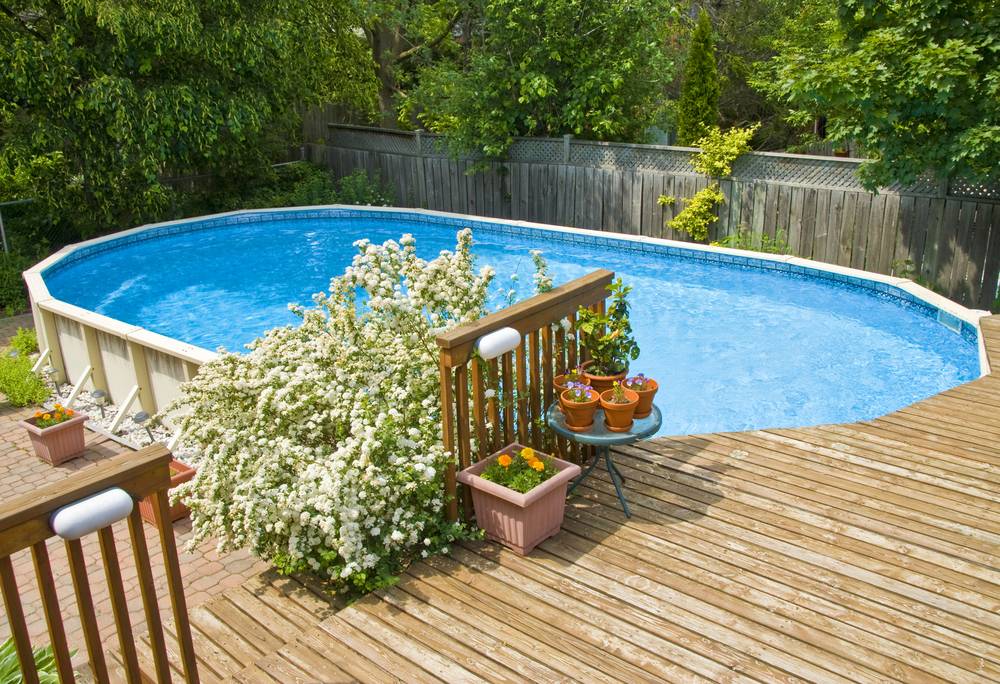Hi all,
Indulge me for a minute with some unimportant history: When my pools was built, I knew nothing, and got a bunch of Clorox chlorine tabs from Costco. After using those and finding high CYA levels, I was advised in this forum not to use those things, but to use liquid chlorine instead. That's what I've been doing for the last year or so.
Late last season, I saw my CYA levels drop, so I got a bottle of liquid conditioner online. After a couple of uses, I found that the plastic jug contained a huge, semi-solid "clot" surrounded by liquid--but really not enough liquid to liquify that glob, no matter how much I shook it. Eventually my stabilizer level got so low that I had to dump all of that into the pool by filling the bottle with water, shaking the heck out of it, and emptying it into the pool, and repeating until the whole thing had been dissolved and the pool was at an appropriate stabilizer level.
Now, after a long winter, I'm at the point where I need to add stabilizer again--and I really don't know what to get. I don't want to go through that whole clotted bottle of not-really-liquid thing again, but I don't know how else to add stabilizer (unless I start using those Clorox tabs again). I do have a tablet cartridge plumbed into the filter line, however.
Anyway, all that preamble aside, I need recommendations on how to keep my stabilizer levels where they need to be. Thanks in advance for any suggestions.
Indulge me for a minute with some unimportant history: When my pools was built, I knew nothing, and got a bunch of Clorox chlorine tabs from Costco. After using those and finding high CYA levels, I was advised in this forum not to use those things, but to use liquid chlorine instead. That's what I've been doing for the last year or so.
Late last season, I saw my CYA levels drop, so I got a bottle of liquid conditioner online. After a couple of uses, I found that the plastic jug contained a huge, semi-solid "clot" surrounded by liquid--but really not enough liquid to liquify that glob, no matter how much I shook it. Eventually my stabilizer level got so low that I had to dump all of that into the pool by filling the bottle with water, shaking the heck out of it, and emptying it into the pool, and repeating until the whole thing had been dissolved and the pool was at an appropriate stabilizer level.
Now, after a long winter, I'm at the point where I need to add stabilizer again--and I really don't know what to get. I don't want to go through that whole clotted bottle of not-really-liquid thing again, but I don't know how else to add stabilizer (unless I start using those Clorox tabs again). I do have a tablet cartridge plumbed into the filter line, however.
Anyway, all that preamble aside, I need recommendations on how to keep my stabilizer levels where they need to be. Thanks in advance for any suggestions.


